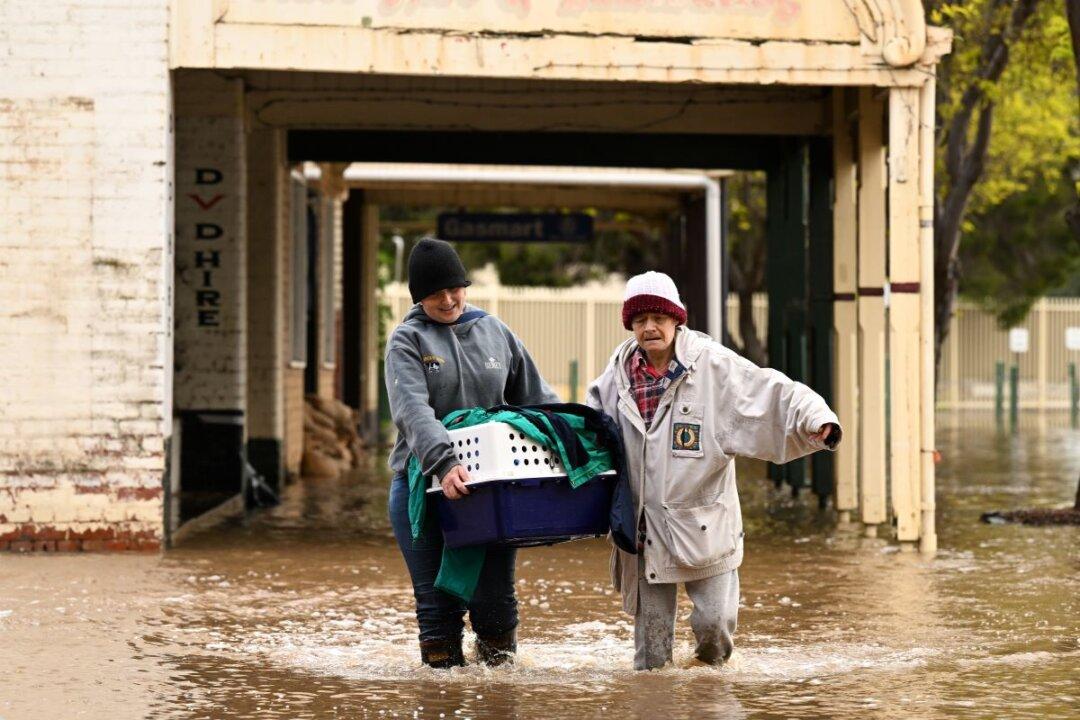A hydrology expert has said that hundreds of Melbourne homes would have been protected from the recent floods if the former Labor government had agreed to build a dam at Maribyrnong River.
The former Victorian Bracks government previously dismissed the suggestions on the basis that it was not worthwhile because they believed climate change predictions indicated there would not be enough water flowing into the dam, the water minister said back in 2019.




